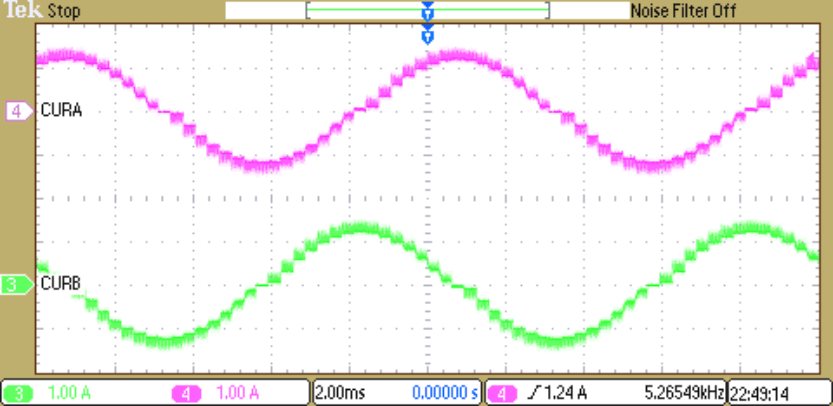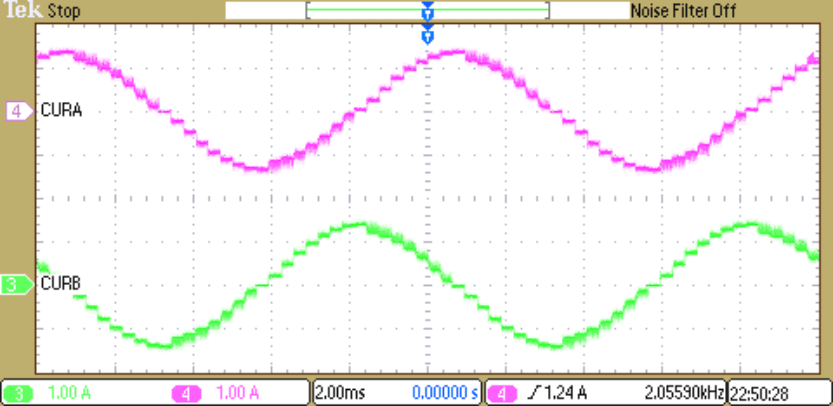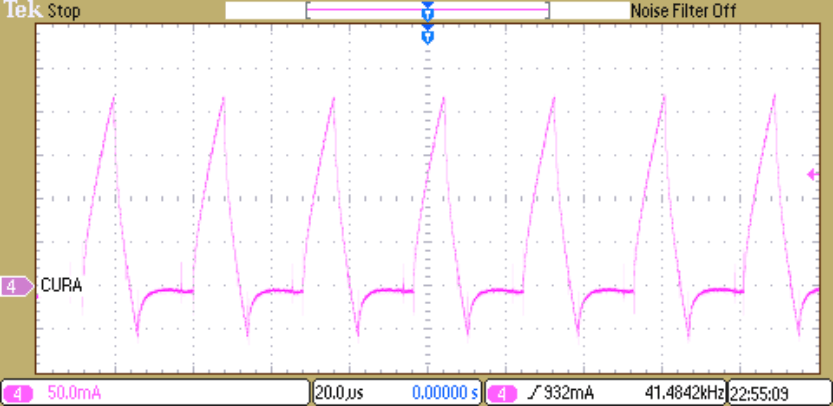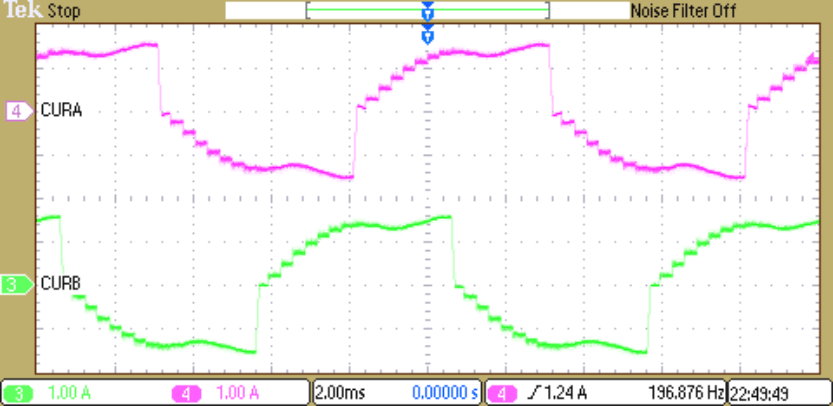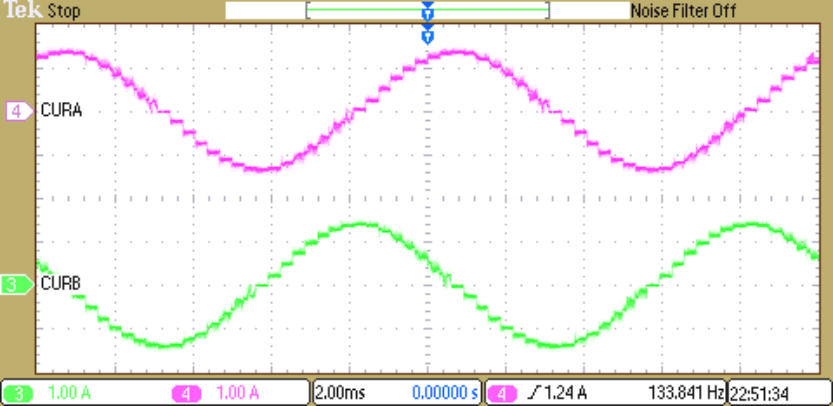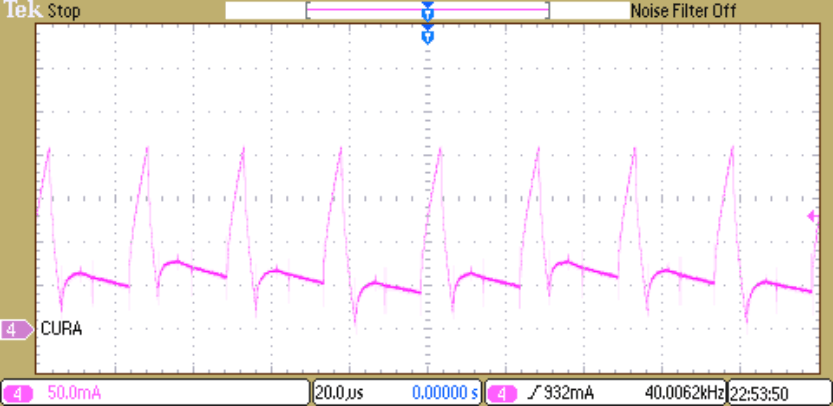SLVSD18C June 2015 – August 2017 DRV8880
PRODUCTION DATA.
- 1 Features
- 2 Applications
- 3 Description
- 4 Revision History
- 5 Pin Configuration and Functions
- 6 Specifications
-
7 Detailed Description
- 7.1 Overview
- 7.2 Functional Block Diagram
- 7.3
Feature Description
- 7.3.1 Stepper Motor Driver Current Ratings
- 7.3.2 PWM Motor Drivers
- 7.3.3 Microstepping Indexer
- 7.3.4 Current Regulation
- 7.3.5
Decay Modes
- 7.3.5.1 Mode 1: Slow Decay for Increasing and Decreasing Current
- 7.3.5.2 Mode 2: Slow Decay for Increasing Current, Mixed Decay for Decreasing current
- 7.3.5.3 Mode 3: Mixed Decay for Increasing and Decreasing Current
- 7.3.5.4 Mode 4: Slow Decay for Increasing Current, Fast Decay for Decreasing current
- 7.3.5.5 Mode 5: Fast Decay for Increasing and Decreasing Current
- 7.3.6 Smart Tune
- 7.3.7 Adaptive Blanking Time
- 7.3.8 Charge Pump
- 7.3.9 LDO Voltage Regulator
- 7.3.10 Logic and Tri-Level Pin Diagrams
- 7.3.11 Power Supplies and Input Pins
- 7.3.12 Protection Circuits
- 7.3.13 VM UVLO (UVLO2)
- 7.3.14 Logic Undervoltage (UVLO1)
- 7.3.15 VCP Undervoltage Lockout (CPUV)
- 7.3.16 Thermal Shutdown (TSD)
- 7.3.17 Overcurrent Protection (OCP)
- 7.4 Device Functional Modes
- 8 Application and Implementation
- 9 Power Supply Recommendations
- 10Layout
- 11Device and Documentation Support
- 12Mechanical, Packaging, and Orderable Information
Package Options
Refer to the PDF data sheet for device specific package drawings
Mechanical Data (Package|Pins)
- RHR|28
- PWP|28
Thermal pad, mechanical data (Package|Pins)
Orderable Information
8 Application and Implementation
NOTE
Information in the following applications sections is not part of the TI component specification, and TI does not warrant its accuracy or completeness. TI’s customers are responsible for determining suitability of components for their purposes. Customers should validate and test their design implementation to confirm system functionality.
8.1 Application Information
The DRV8880 is used in stepper control.
8.2 Typical Application
The following design procedure can be used to configure the DRV8880.
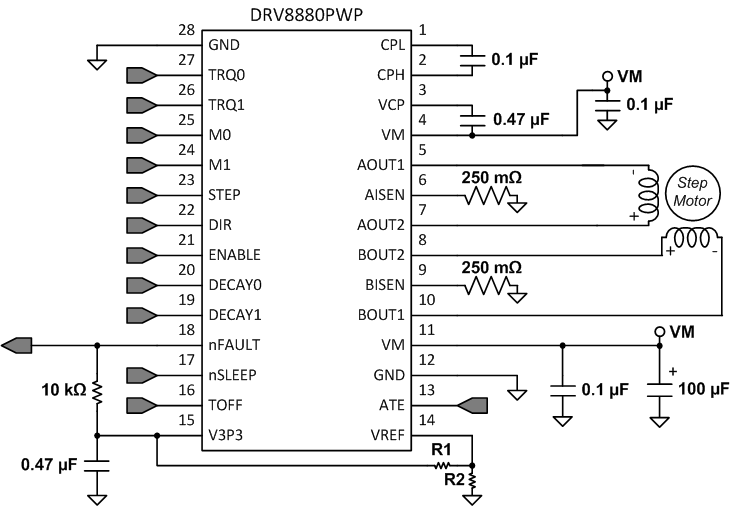 Figure 28. Typical Application Schematic
Figure 28. Typical Application Schematic
8.2.1 Design Requirements
Table 12 gives design input parameters for system design.
Table 12. Design Parameters
| DESIGN PARAMETER | REFERENCE | EXAMPLE VALUE |
|---|---|---|
| Supply voltage | VM | 24 V |
| Motor winding resistance | RL | 0.8 Ω/phase |
| Motor winding inductance | LL | 1.4 mH/phase |
| Motor full step angle | θstep | 1.8°/step |
| Target microstepping level | nm | 1/8 step |
| Target motor speed | v | 120 rpm |
| Target full-scale current | IFS | 1.5 A |
8.2.2 Detailed Design Procedure
8.2.2.1 Stepper Motor Speed
The first step in configuring the DRV8880 requires the desired motor speed and microstepping level. If the target application requires a constant speed, then a square wave with frequency ƒstep must be applied to the STEP pin.
If the target motor speed is too high, the motor will not spin. Make sure that the motor can support the target speed.
For a desired motor speed (v), microstepping level (nm), and motor full step angle (θstep),

θstep can be found in the stepper motor data sheet or written on the motor itself.
For the DRV8880, the microstepping level is set by the Mx pins and can be any of the settings in the table below. Higher microstepping will mean a smother motor motion and less audible noise, but will increase switching losses and require a higher ƒstep to achieve the same motor speed.
Table 13. Microstepping Indexer Settings
| M1 | M0 | STEP MODE |
|---|---|---|
| 0 | 0 | Full step (2-phase excitation) with 71% current |
| 0 | 1 | Non-circular 1/2 step |
| 1 | 0 | 1/2 step |
| 1 | 1 | 1/4 step |
| 0 | Z | 1/8 step |
| 1 | Z | 1/16 step |
Example: Target 120 rpm at 1/8 microstep mode. The motor is 1.8°/step

8.2.2.2 Current Regulation
In a stepper motor, the full-scale current (IFS) is the maximum current driven through either winding. This quantity will depend on the TRQ pins, the VREF analog voltage, and the sense resistor value (RSENSE). During stepping, IFS defines the current chopping threshold (ITRIP) for the maximum current step.

TRQ is a DAC used to scale the output current. The current scalar value for different inputs is shown below.
Table 14. Torque DAC Settings
| TRQ1 | TRQ0 | CURRENT SCALAR (TRQ) |
|---|---|---|
| 1 | 1 | 25% |
| 1 | 0 | 50% |
| 0 | 1 | 75% |
| 0 | 0 | 100% |
| Example: If the desired full-scale current is 1.5 A | ||
| Set RSENSE = 100 mΩ, assume TRQ = 100%. | ||
| VREF would have to be 0.99 V. | ||
| Create a resistor divider from V3P3 (3.3 V) to set VREF ≈ 0.99 V. | ||
| Set R2 = 10 kΩ, set R1 = 22 kΩ | ||
Note that IFS must also follow the equation below in order to avoid saturating the motor. VM is the motor supply voltage, and RL is the motor winding resistance.

8.2.2.3 Decay Modes
The DRV8880 supports several different decay modes: slow decay, fast decay, mixed decay, and AutoTune. The current through the motor windings is regulated using an adjustable fixed-time-off scheme. This means that after any drive phase, when a motor winding current has hit the current chopping threshold (ITRIP), the DRV8880 will place the winding in one of the decay modes for tOFF. After tOFF, a new drive phase starts. For fixed decay modes (slow, fast, and mixed), the best setting can be determined by operating the motor and choosing the best setting.
8.2.2.4 Sense Resistor
For optimal performance, it is important for the sense resistor to be:
- Surface-mount
- Low inductance
- Rated for high enough power
- Placed closely to the motor driver
The power dissipated by the sense resistor equals Irms 2 × R. For example, if the rms motor current is 1.4A and a 250 mΩ sense resistor is used, the resistor will dissipate 1.4 A2 × 0.25 Ω = 0.49 W. The power quickly increases with higher current levels.
Resistors typically have a rated power within some ambient temperature range, along with a derated power curve for high ambient temperatures. When a PCB is shared with other components generating heat, margin should be added. It is always best to measure the actual sense resistor temperature in a final system, along with the power MOSFETs, as those are often the hottest components.
Because power resistors are larger and more expensive than standard resistors, it is common practice to use multiple standard resistors in parallel, between the sense node and ground. This distributes the current and heat dissipation.
8.2.3 Application Curves
